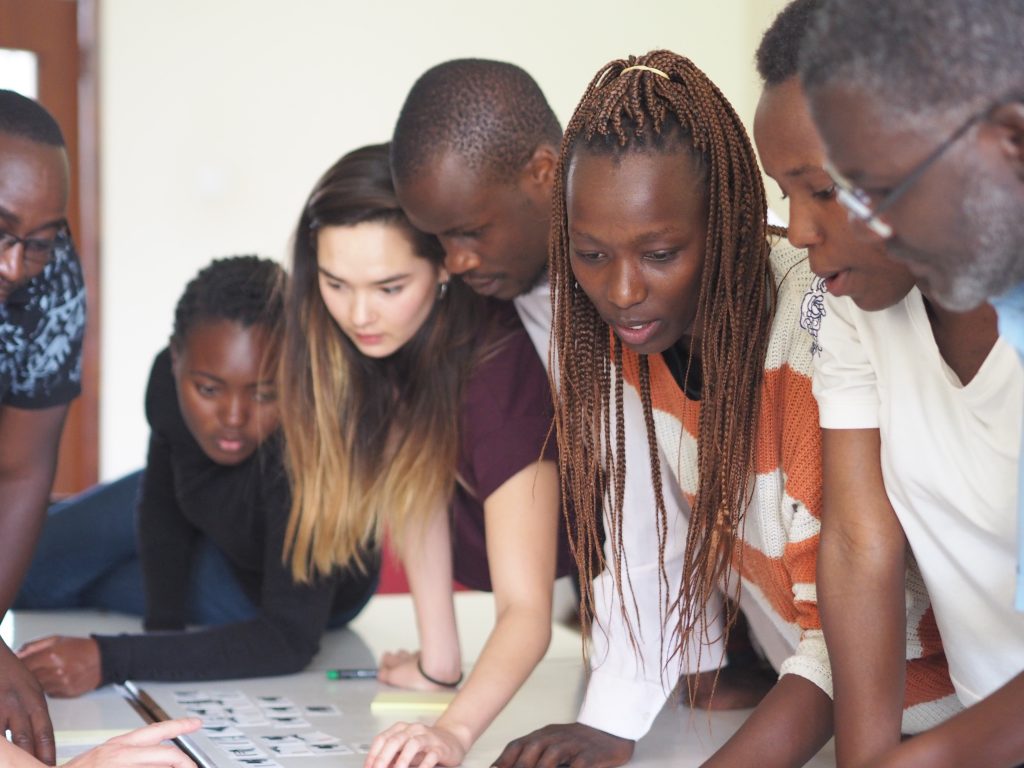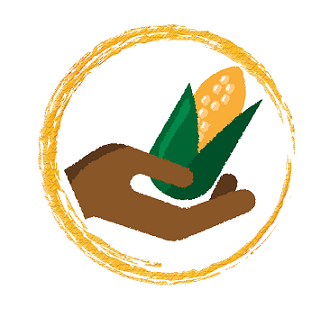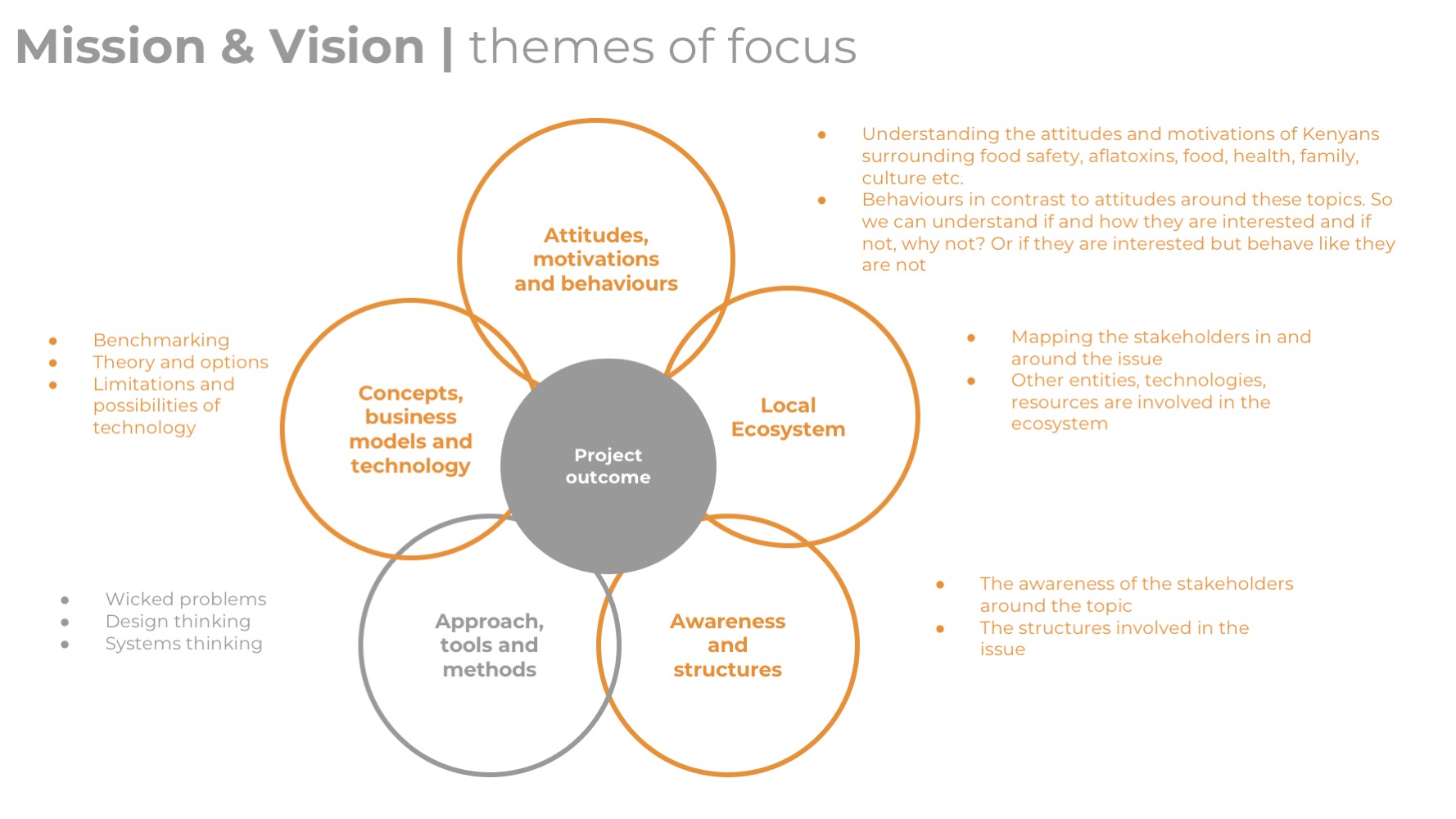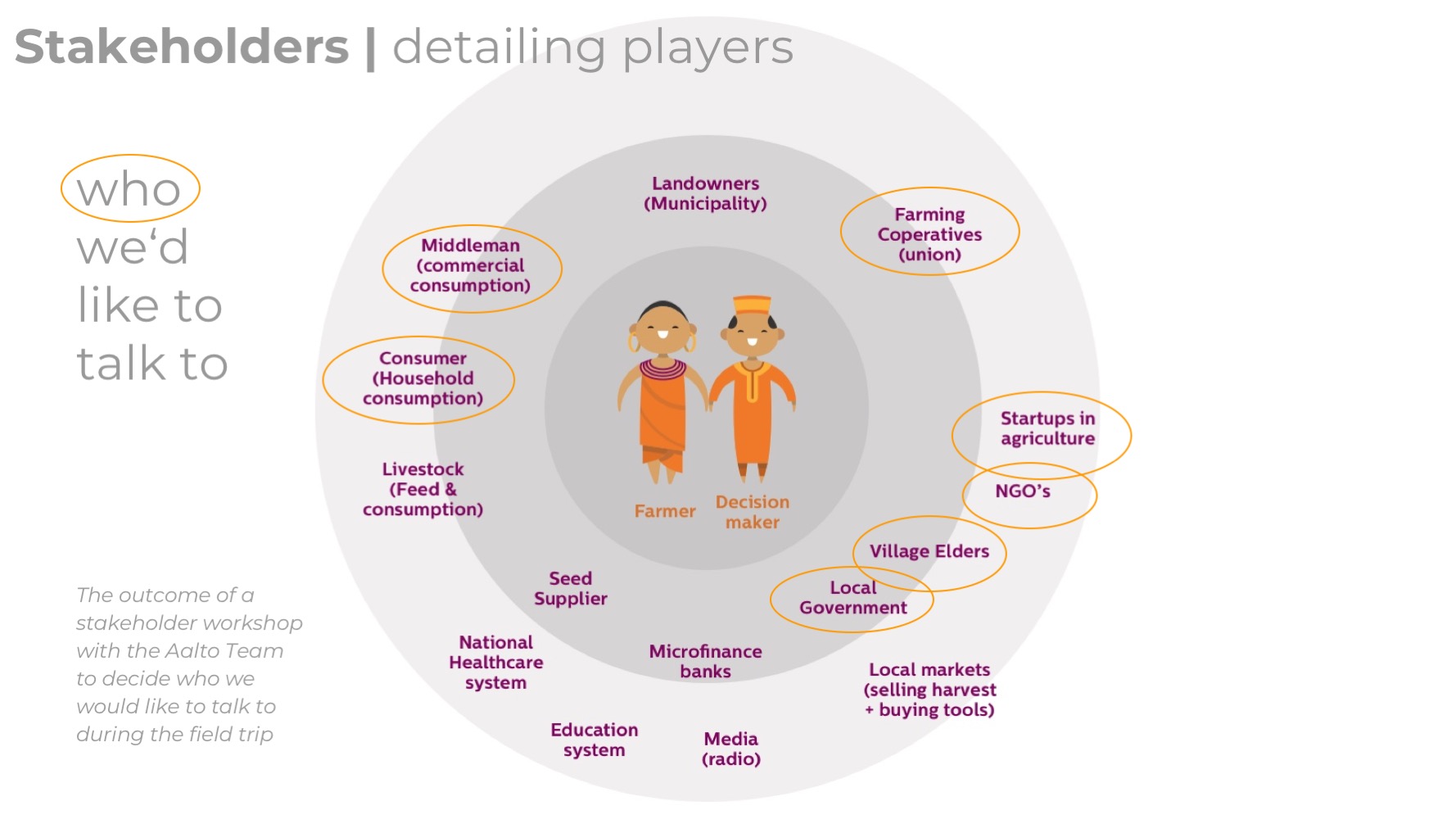
Process in brief:
- Secondary research (reading & benchmarking solutions)
- Expert interviews (Via Skype & in person in Finland)
- Client meetings
- Visualising and discussing our findings
- Validation workshops/discussions with clients, mentors & experts
Context:
Our IDBM project team of five people from different disciplines had a matching multidisciplinary team of students based in the University of Nairobi. The goal for the project was to work together on the issue of food safety and aflatoxins both long-distance and as one team during the field trip to Kenya.
Key approaches and research methods:
We started our research mission with meeting the clients from LUKE. After the first meeting we started our secondary desk research and approached people within our networks who had links to either Kenya or food safety. We read and researched articles, papers and other materials around food safety, aflatoxins, technology, systems thinking and design thinking as well as benchmarked existing solutions globally. Benchmarking means looking at a wide variety of solutions that already exist to tackle similar issues in the field or in other fields.
We also held multiple co-creation sessions (co-creation is a shared process where people from different backgrounds work together to tackle a issues in a collaborative manner) to share our understanding of the issue, discuss our progress and understanding amongst ourselves and with our clients. (See our research goals and topics in the picture below)
During the initial research phase we worked simultaneously on two levels; the substance level where we were researching the issue itself and on the process level trying to figure out the best ways to find answers to the questions that were left open in the literature. We also wanted to make sure that we optimise our learnings in Kenya, so when we got to the field we could focus on gathering understanding that could only be accessed when in the field with the people affected by the issue.
Before going to the field we interviewed and consulted with a business and development consultant in Kenya to find out what we needed to take into consideration when we got to the field. We got some pointers in how to conduct research in the rural context and for example how to take gender roles and family dynamics into consideration when interviewing families.
We kept meeting with the clients at LUKE and Aalto Global Impact throughout the research process so we could refine and validate our understanding. Before going to the field we managed to create and validate an initial stakeholder map (See the picture below) and an initial understanding of the Kenyan food safety ecosystem and supply chain.
The team also researched how to approach wicked problems, how design- and systems thinking could be utilised in the project as well as different existing business models for frugal innovation in developing countries.
All in all, before going to the field we thought we had a pretty good understanding of the mycotoxin issue and we were ready to go in the field to see it with our own eyes. Read about our field trip here.
To know more about the results of our desk research results, read our Research Report.


